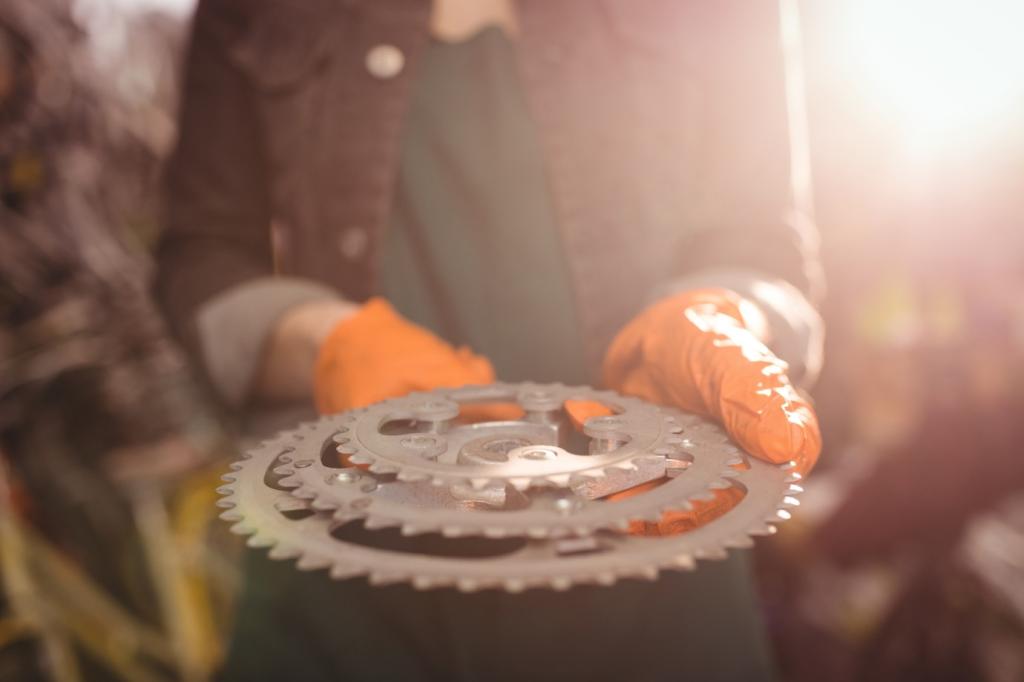
Earth-Friendly Dusting Techniques for All Surfaces
Chosen theme: Earth-Friendly Dusting Techniques for All Surfaces. Welcome to a gentle, effective way to banish dust without harsh chemicals or disposable waste—just smart methods, reusable tools, and everyday habits you can feel proud of.


Green Principles for Truly Clean Dusting
Quality microfiber traps fine dust through split fibers and static attraction, rather than smearing it. It’s washable hundreds of times, saves money, and works best when laundered without fabric softener to preserve its dust-grabbing power.
Green Principles for Truly Clean Dusting
Dry microfiber excels on electronics and delicate finishes, while a barely damp cloth locks in particles on glass and sealed wood. Avoid over-wetting, especially on wood. Use distilled water for streak-free results and reduced mineral spotting.
Caring for Wood, Bamboo, and Natural Finishes
Use a soft, slightly damp microfiber to lift dust, then buff dry along the grain. For sticky areas, a few drops of plant-based soap diluted in water help. Skip silicone sprays; they attract residue and complicate future refinishing.
Stay dry or barely damp, then nourish sparingly with a few drops of stable jojoba oil on a cloth if needed. Always spot-test. Avoid acidic cleaners like vinegar, which can dull finishes and dry out natural fibers over time.
Brush gently with a soft, natural bristle brush to dislodge dust from grooves, then vacuum with a brush attachment. Keep moisture minimal to prevent swelling or warping. Share your trick for cleaning woven rattan corners—we love learning from readers.

Glass, Mirrors, and High-Gloss Surfaces
Mist a microfiber cloth with distilled water and a teaspoon of vinegar per cup for extra cutting power. Wipe in overlapping passes, then buff dry with a second cloth. Skip newspapers; many modern inks smear and can leave residue.
Electronics, Screens, and Smart Devices
Power down and unplug. Start with a dry microfiber to lift loose dust, then lightly mist the cloth with distilled water for stubborn smudges. Keep moisture away from edges and ports to avoid wicking under delicate layers.
Electronics, Screens, and Smart Devices
Use a hand air blower instead of canned propellants, then brush debris out with a small, ESD-safe brush. Capture loosened dust using a vacuum’s soft brush attachment. Slow, steady moves prevent redistributing particles around your workspace.

Textiles, Upholstery, and Soft Surfaces
HEPA vacuuming that actually works
Fit a HEPA-filtered vacuum and move slowly in overlapping passes. Speed creates blowback; patience captures particles. Use upholstery and crevice tools around seams. Tell us your favorite attachment—we’ll feature reader tips in future posts.
Cushions, throws, and allergy smarts
Beat cushions outdoors to release dust, then air them in open shade where breezes refresh without UV fading. Those with allergies may schedule on low-pollen days and wear a comfortable mask to reduce irritation while working.
Curtains and rugs with fewer microfibers
Shake outside, vacuum both sides, then launder curtains in cold water inside a microfiber-capturing laundry bag. Line-dry when possible. These steps reduce shedding into waterways while keeping fabrics bright and pleasantly fresh.

Sustainable Tools, Habits, and Community
Keep a few high-quality microfibers, an extendable washable duster, a soft detail brush, a hand air blower, and a HEPA vacuum. Add a small spray bottle with distilled water. Fewer, better tools mean less clutter and waste.

Sustainable Tools, Habits, and Community
Wash microfibers in cool water without softener, line-dry, and use a microfiber-capturing laundry bag. Clean vacuum filters regularly. These habits preserve performance, reduce shedding, and keep your tools ready for quick, calm dust sessions.
